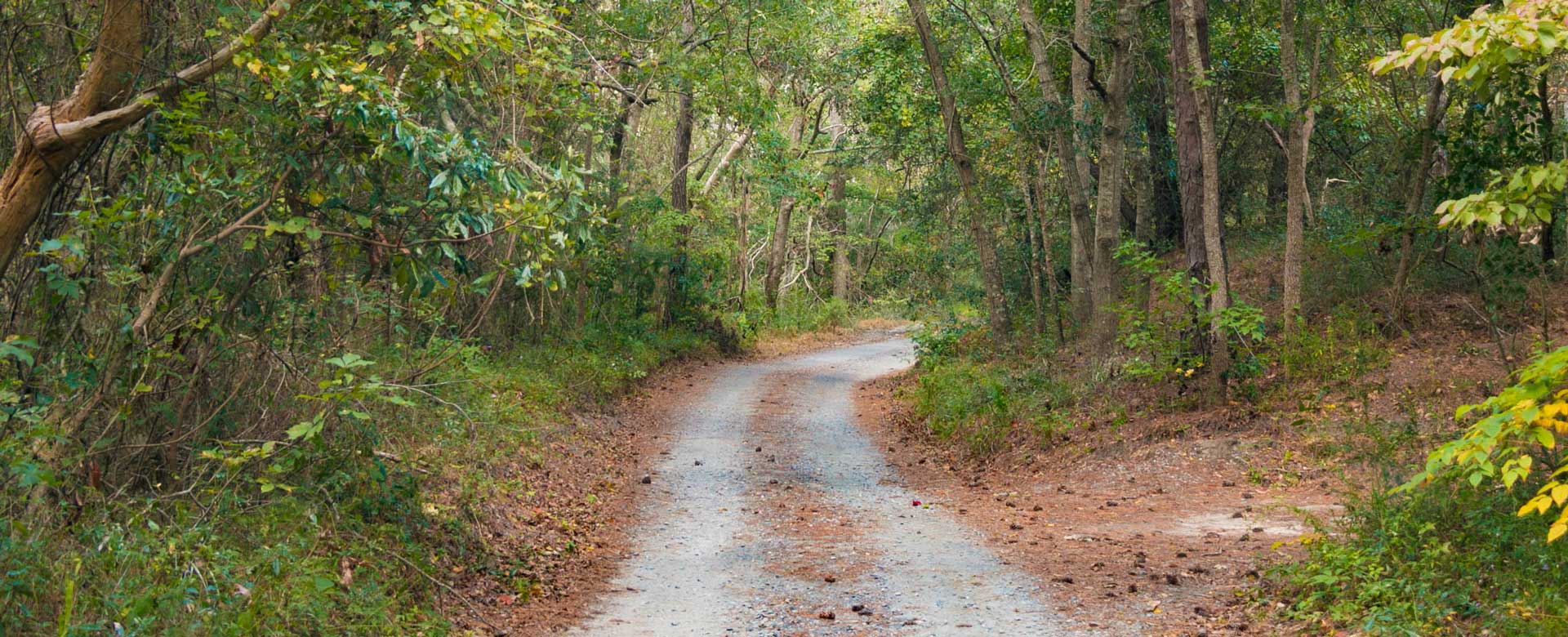Here on the northern Outer Banks, life has pretty much returned to normal–except for the piles of broken tree limbs, trees, branches and homes that still line the residential streets.
Unfortunately, the same cannot be said for Hatteras Island, although to their credit, NCDOT seems to be moving heaven and earth (and a lot of earth) to reconnect Hatteras with the rest of the world.
When Irene breached Pea Island just north of Rodanthe, it did more than just wipe out 200 yards of road. The electric power supply was also severed and at this point in time, all power from Hatteras Village to Rodanthe is being supplied by a series of diesel generators that are just adequate to meet the needs of the residents. It’s not that visitors are not welcome, it’s just that they cannot be accommodated . . . yet.
Getting there is still difficult and very time consuming. NCDOT brought four of their river class ferries to Pamlico Sound, and they are running 24 hours a day making 16 two hour trips daily between Stumpy Point and Rodanthe. The ferries can handle about 40 vehicles at a time, although very early morning runs include delivery trucks and large equipment, so there are not quite that many cars making the trip everyday.
The ferries, however, are not a long term solution, and everyone knows it.
NCDOT has come up with what seems to be an innovative temporary permanent solution . . . or perhaps that’s a permanent temporary solution.
Working with Maybey Bridge and Shore, a company that manufactures prefab temporary bridges, NCDOT is installing a 650’ temporary bridge. Arriving in 35 shipments (think of assembly as though it was a gigantic erector set), sections of the bridge are already arriving,
The key to the how quickly the breach will be bridged depends on the coordination of a number of construction facets happening concurrently. “We have to do multiple things at the same time,†Greer Beaty, Communications Director for NCDOT, says. “Piles have to be driven on the north side of the bridge. On the south side we have to make the road passable for a crane to reach the south side of the bridge. Once we get the bridge deck installed then the paving way will have to be done from north to south. There are lots of things that are happening simultaneously.â€
“This is unique,†Greer goes on to say. “We just don’t have situations like this typically.â€
It appears as though NCDOT is moving with extraordinary speed to get the bridge in place. The road on both the north and south side of the breach is being shored up and repaired, pilings are being driven to support the bridge and it is very possible that construction will be finished sometime toward the end of October.
This is, however, viewed as a temporary solution–although this type of temporary bridge has a remarkable history of success. In the final Environmental Impact Statement for the Bonner Bridge replacement, the S curve area was identified as a primary place of concern (“hot spot†was the official terminology) and a number of scenarios were outlined. But that’s a debate for another day.











